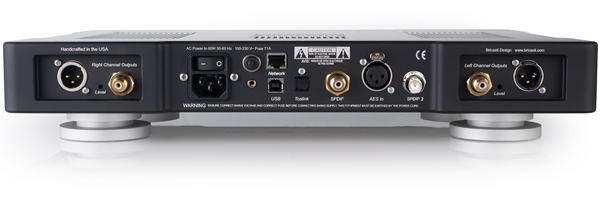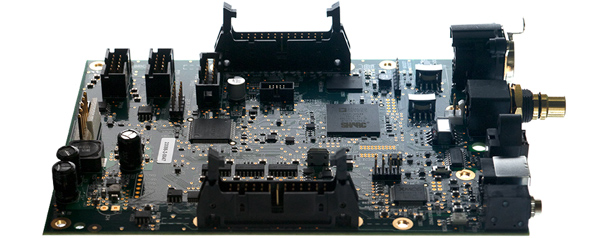| Columns Retired Columns & Blogs |
"although this adjustment changes the output level in 1dB increments—not as fine as most preamplifiers."
Don't know why Sasha even mentioned that, doubt very much if anyone can hear 1db volume difference.
Cheers George











































